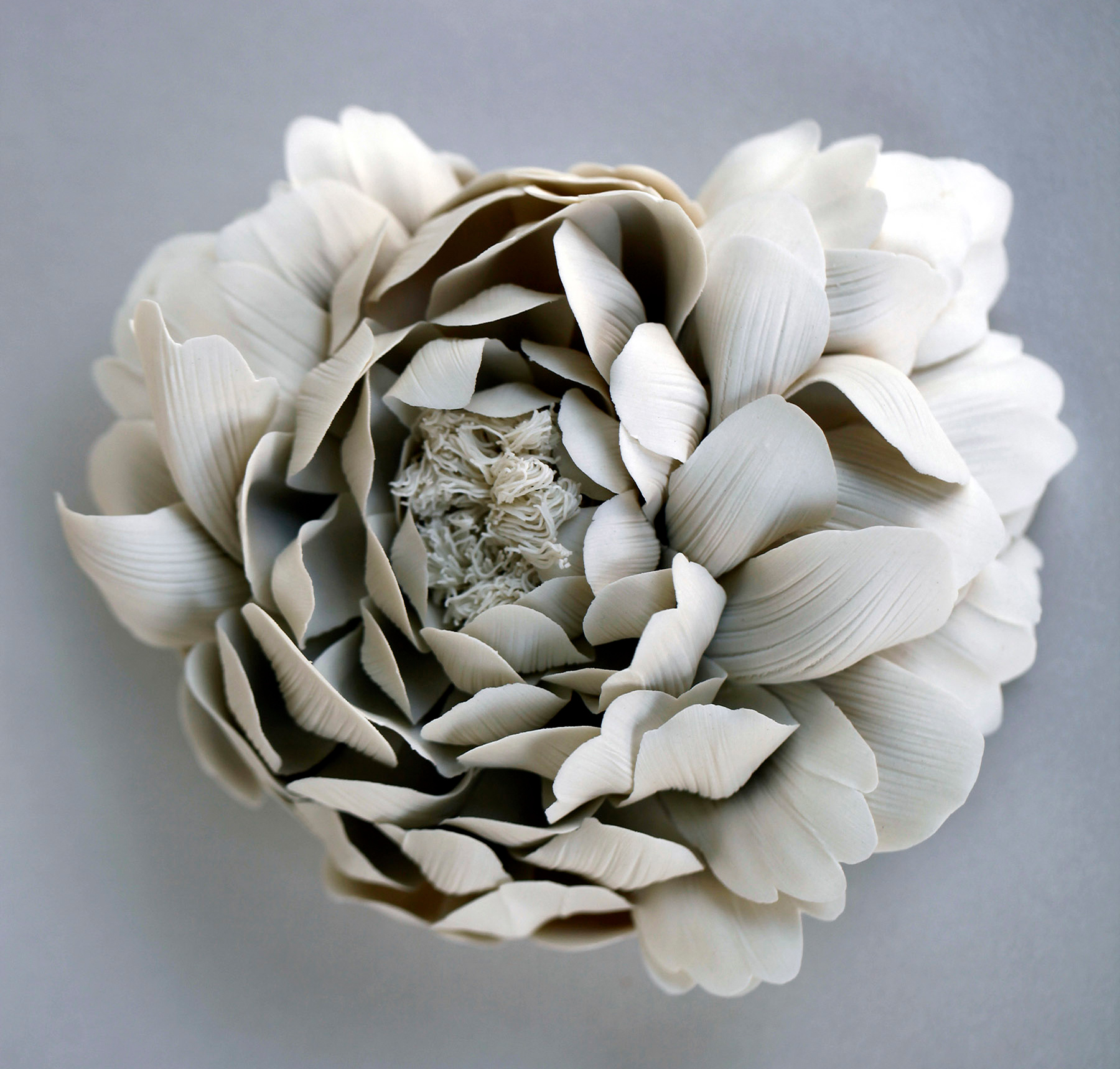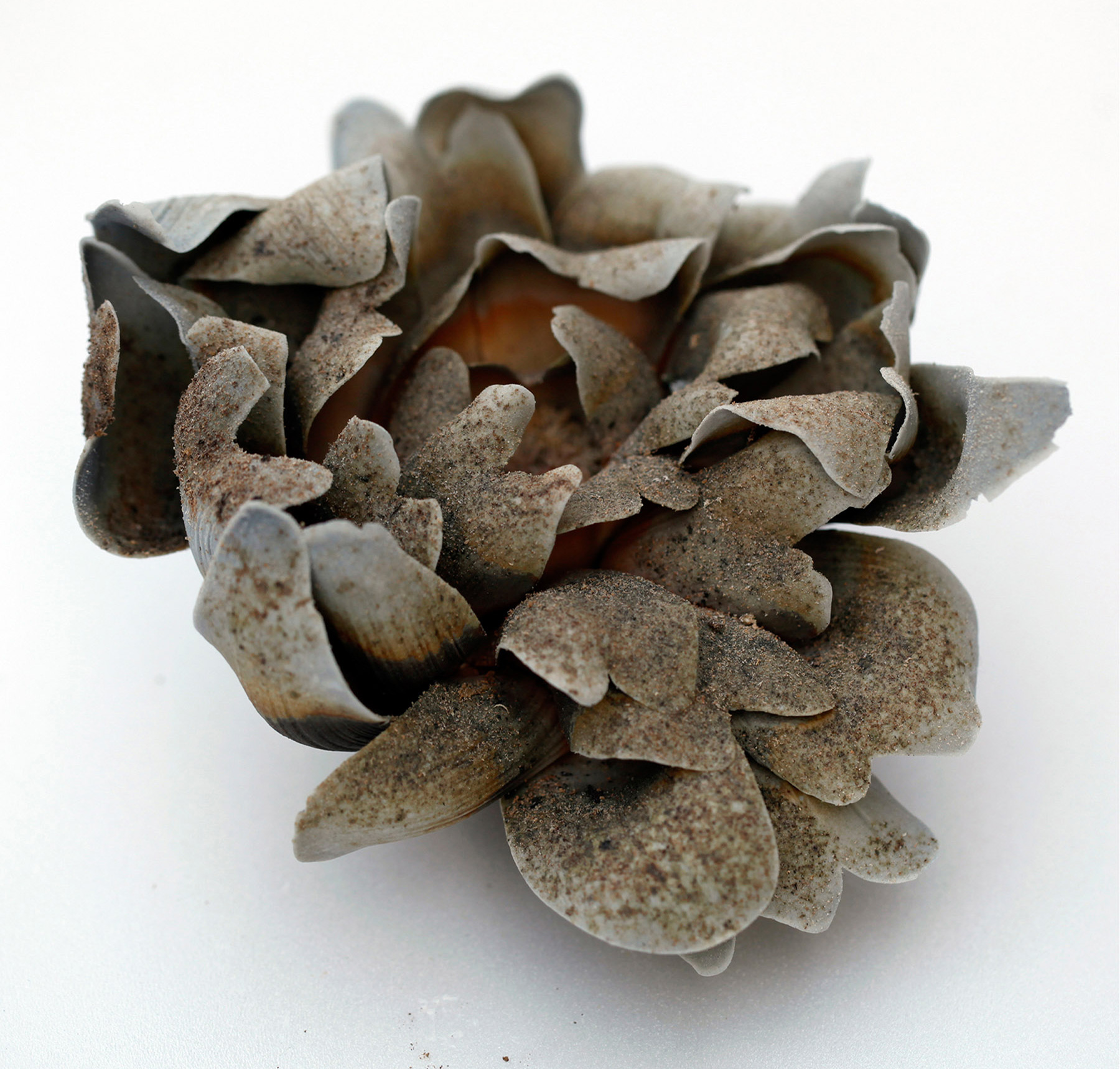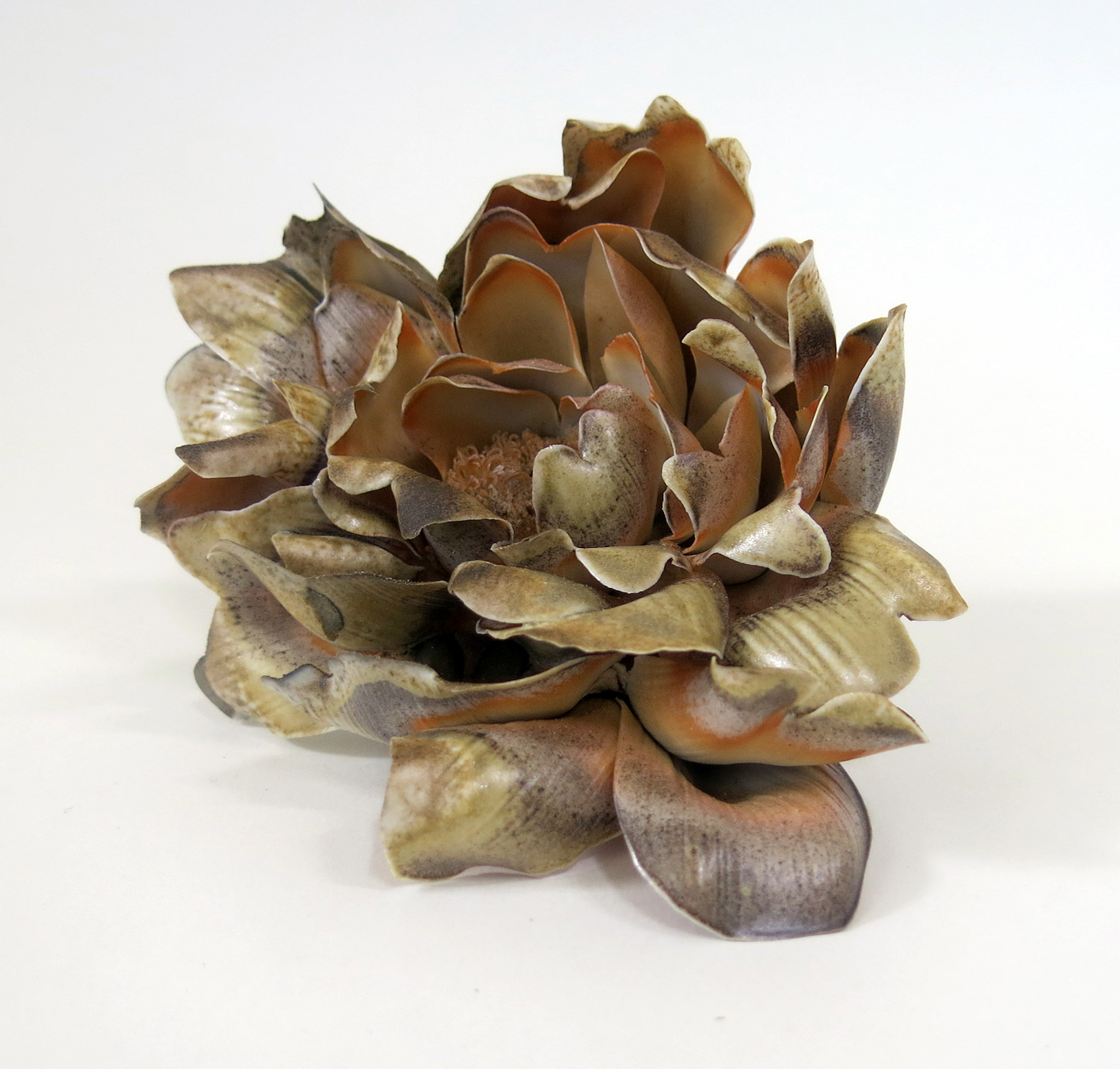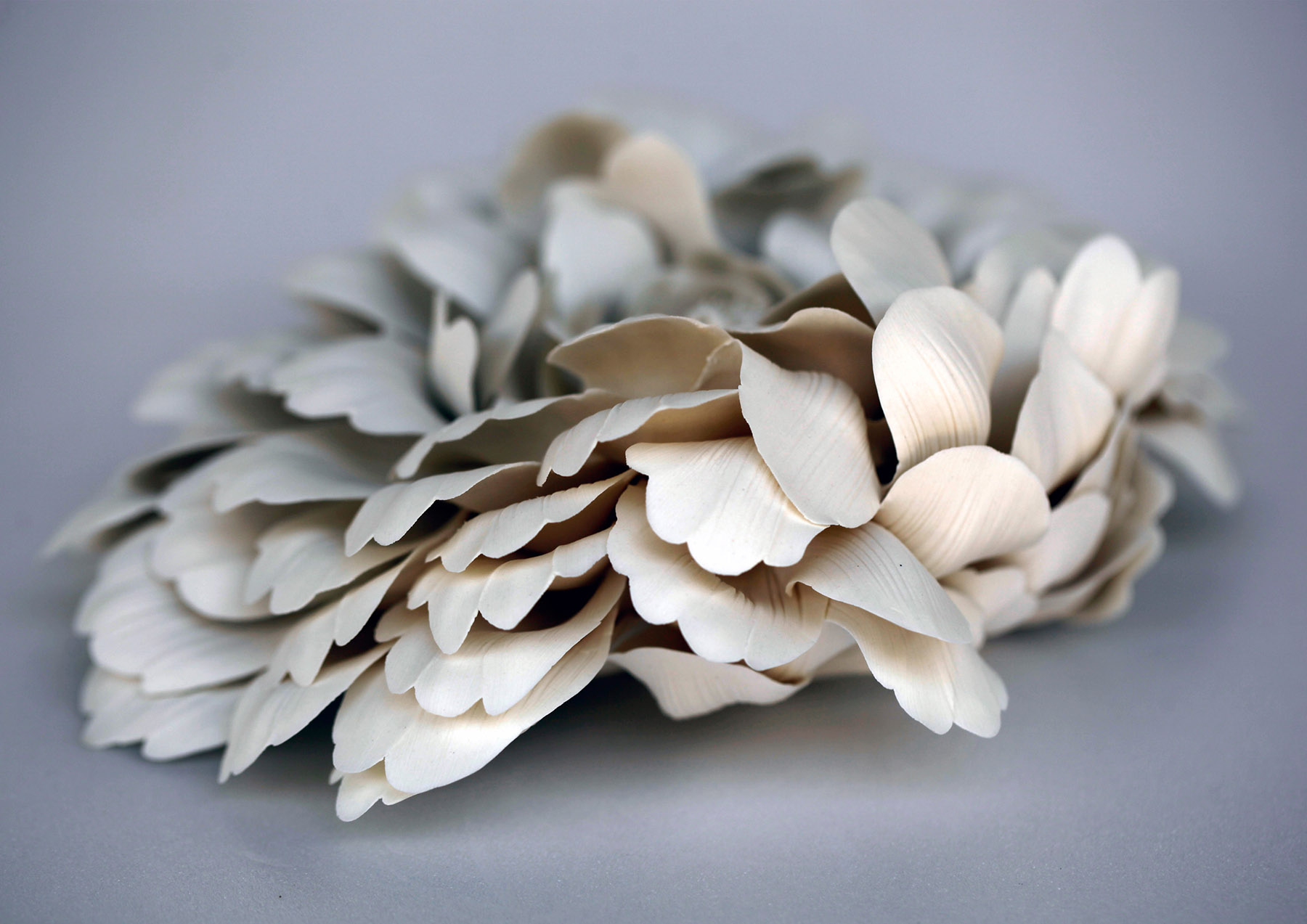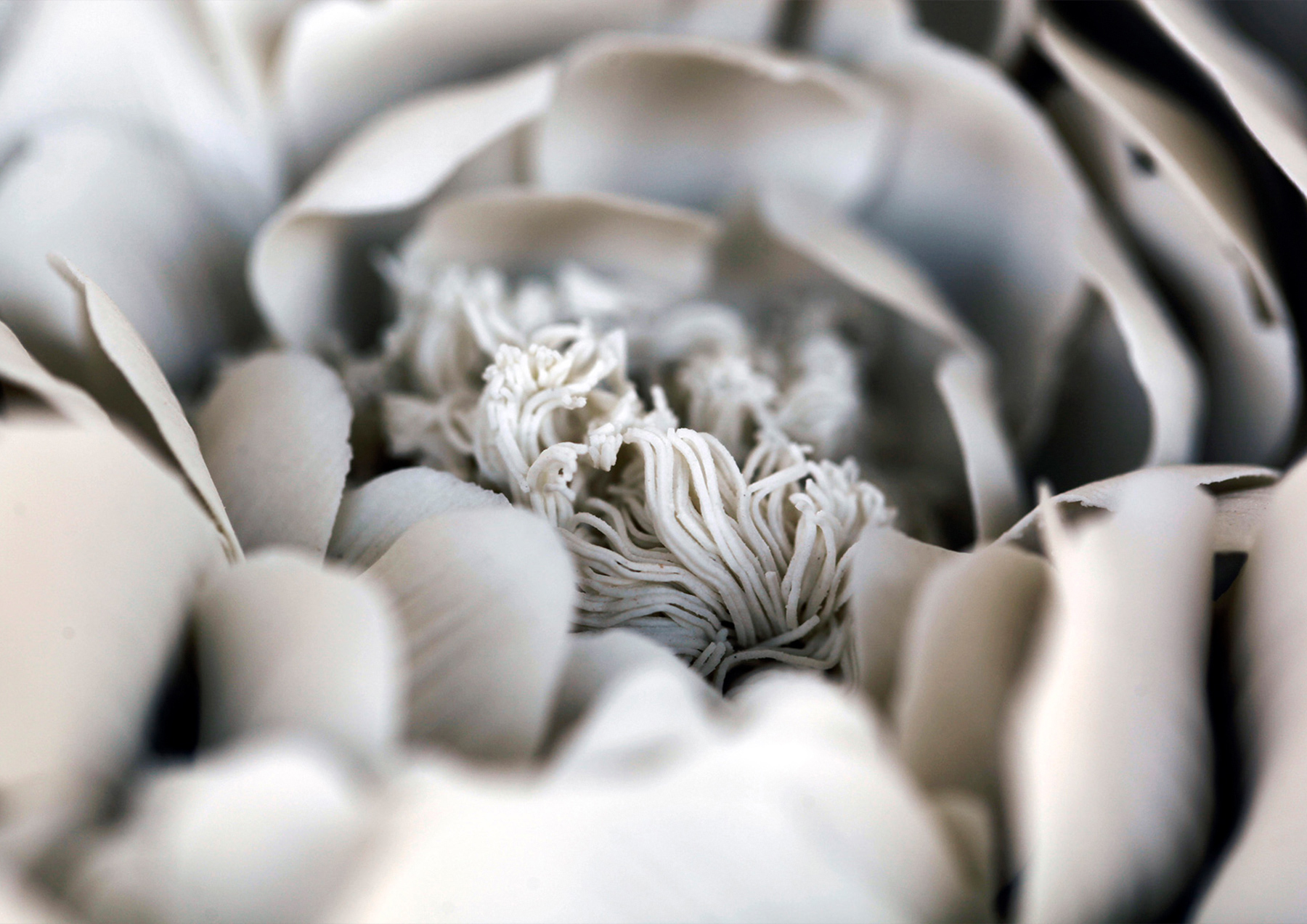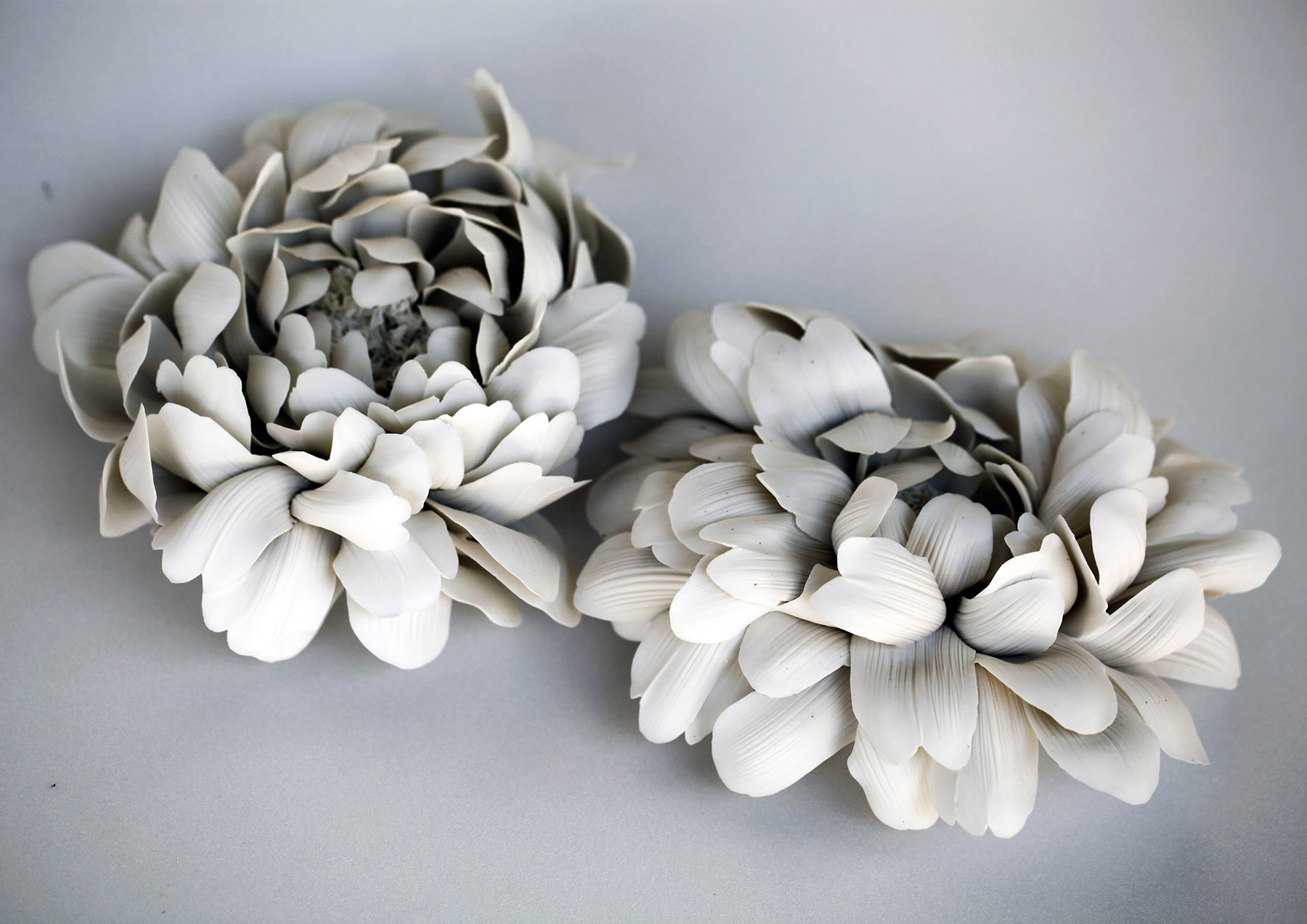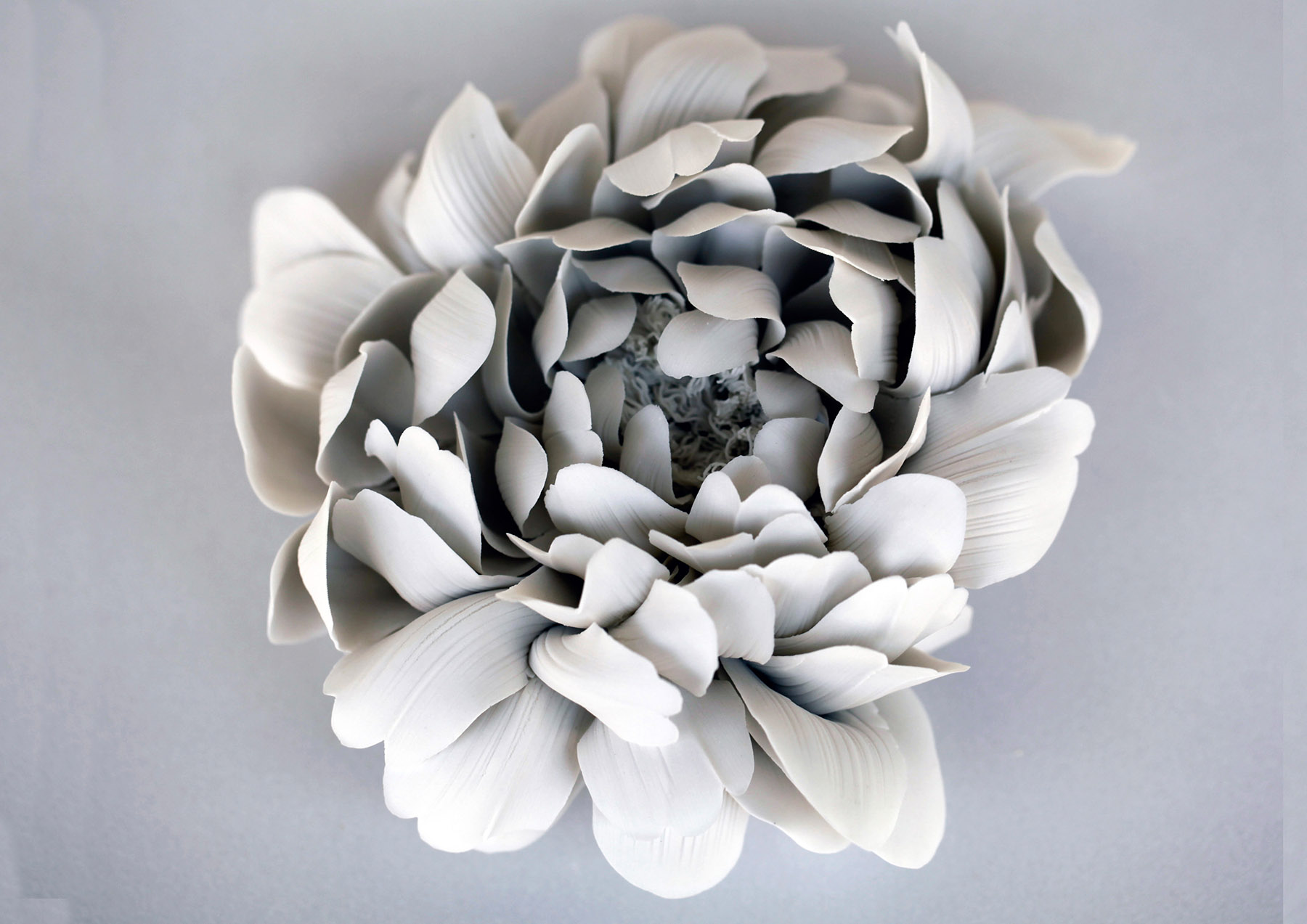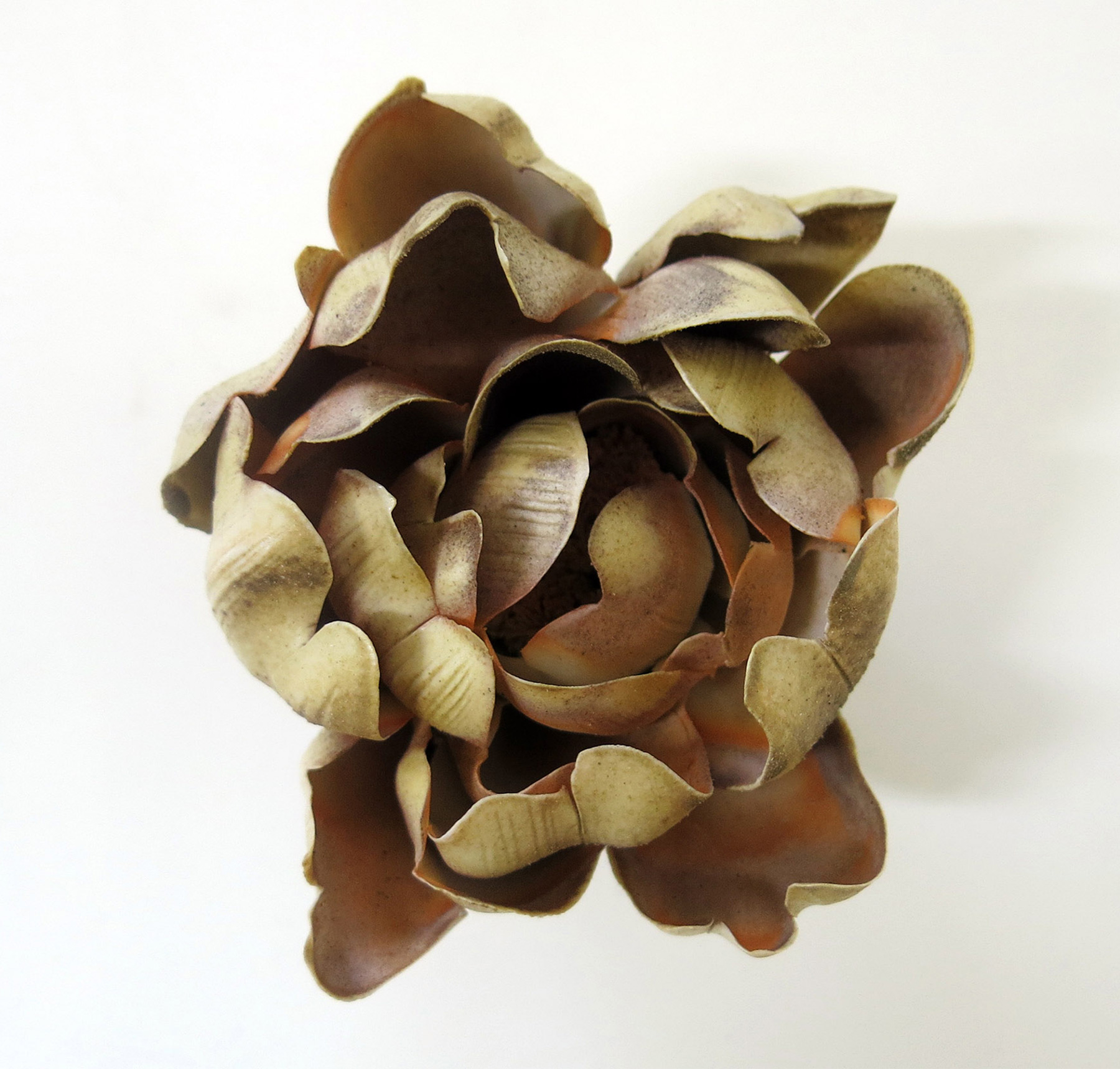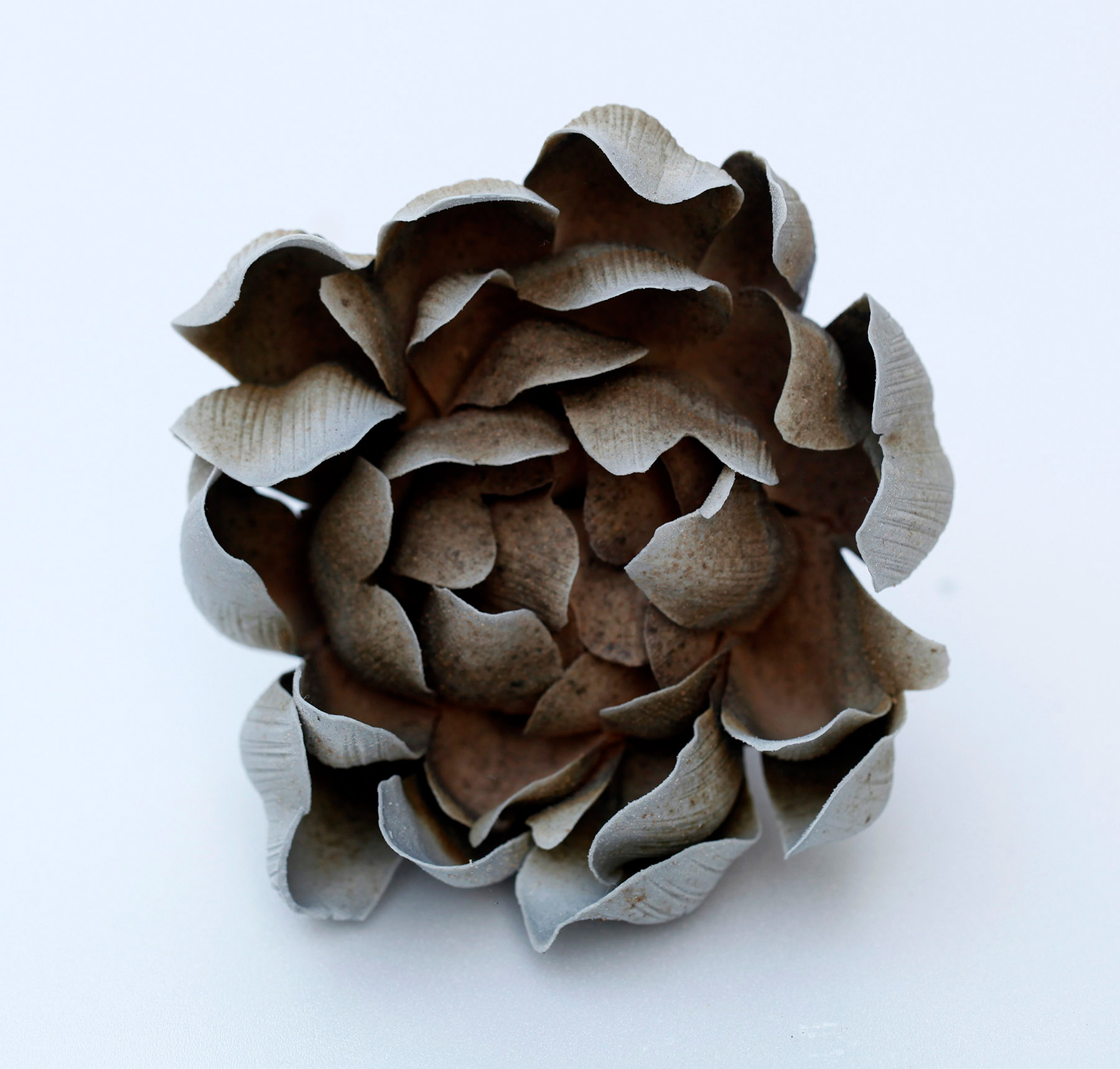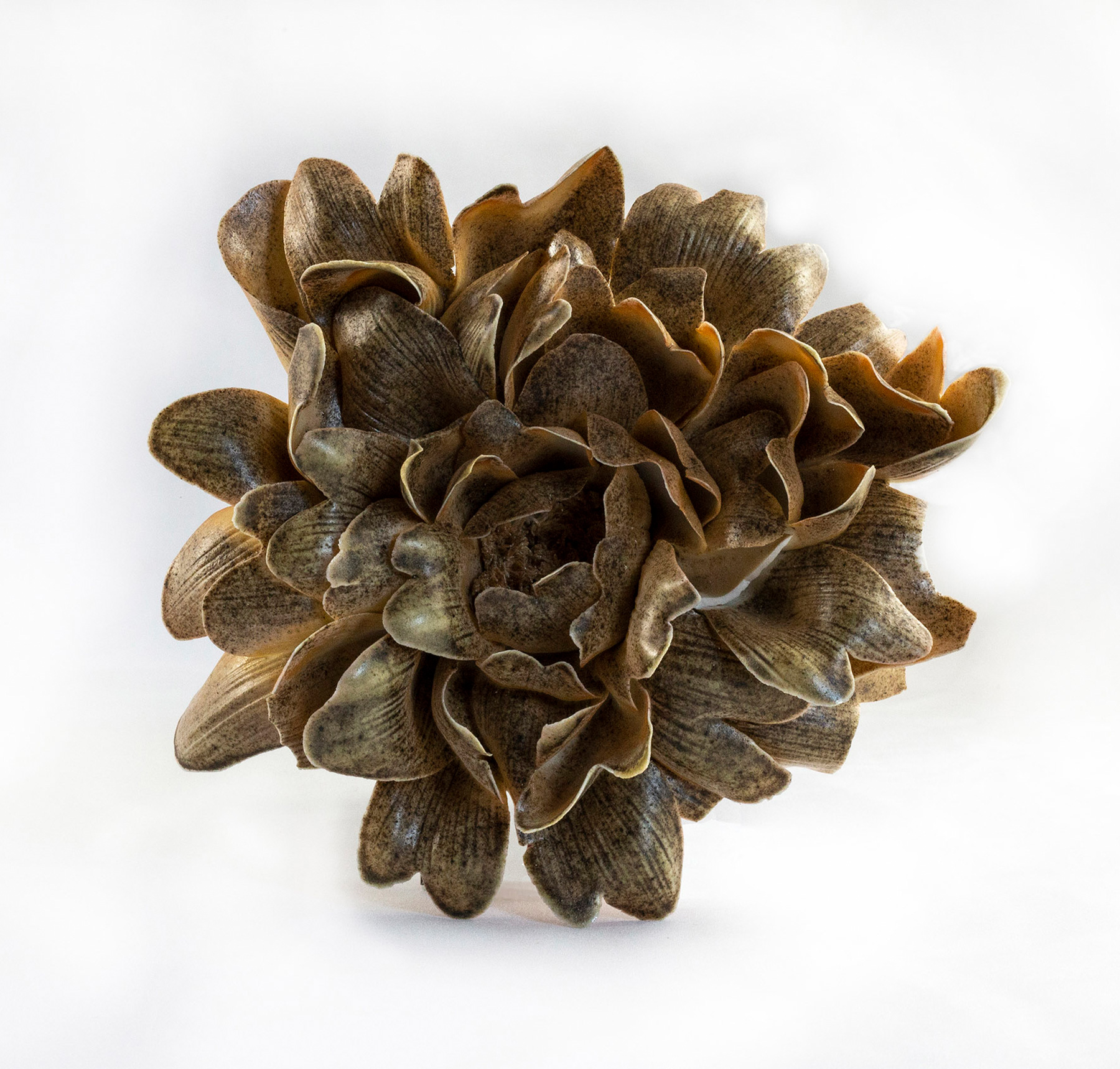BLOOM
When contemplating Nature, never lose sight of the whole or the detail that is in its magnificent vastness. Nothing is inside or outside; and by rare wonder, front and back are in it a thing itself.
«The Metamorphosis of Plants» Goethe, 1790
Before recorded history, all cultures collected, used and admired flowers, not only for utilitarian purposes but also for the sustaining role they undoubtedly play.
Nature’s infinite palette of garden blooms have been a constant element in all different cultures through time. They’ve provided emotional information among human beings showing their power as an affective inducer in our species, like a miniature chemical factory, or a wireless signal station.
However, this sensitive transfer has been affected in some way by the digitisation of our everyday life. The acceleration of technologies leads us to communicate needles of a human contact.
Therefore, the social pattern has been modified towards a network structure designed to be fast, accurate and repeatable.
An essential part of the bloom’s concept is to highlight this procedure taking as a starting point the question of how technological production accentuates the role of the capitalistic service economy subverting the traditional forms of manufacturing production by eliminating the trace of human and local influence.
When we replaced artisans with machines, we lost the translation of local influences in our products. This research analyses the ways in which we could recover that lost connection with our community roots in a methodological coexistence whose result transports the viewer to a timeless landscape that allows a more lively and involved experience; an ideal garden made out of ceramic flowers leaded by the experimental randomness of manual production.
